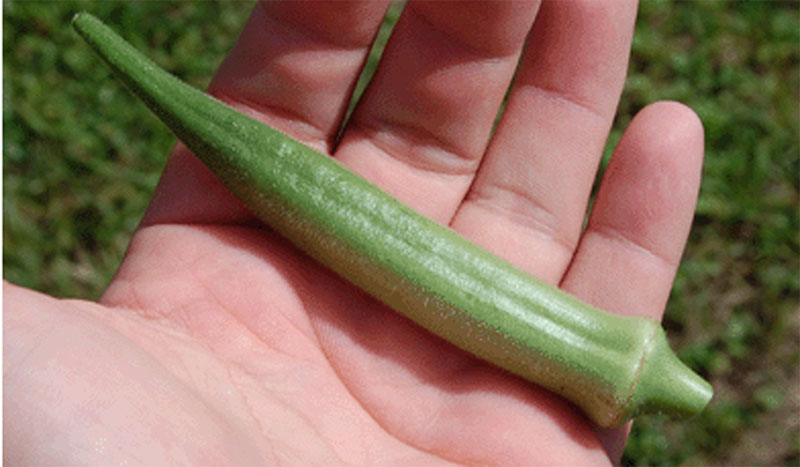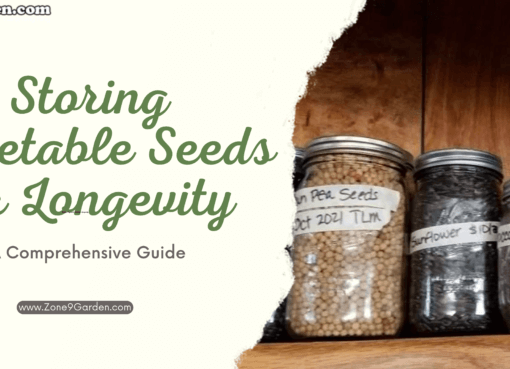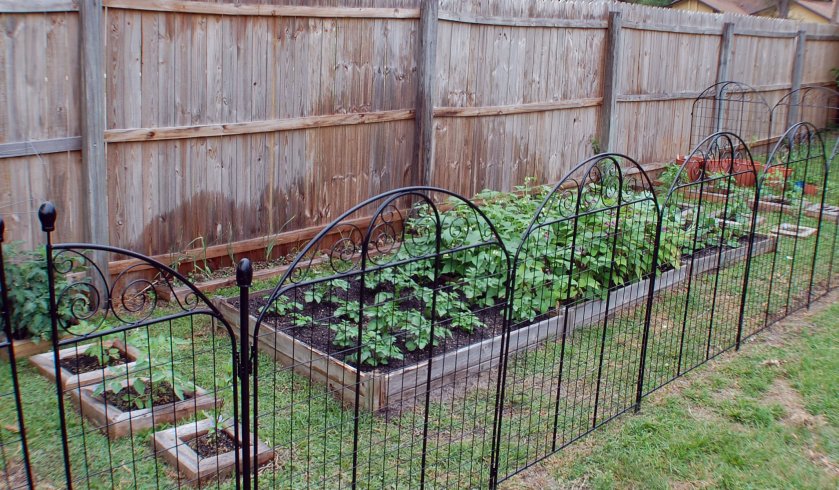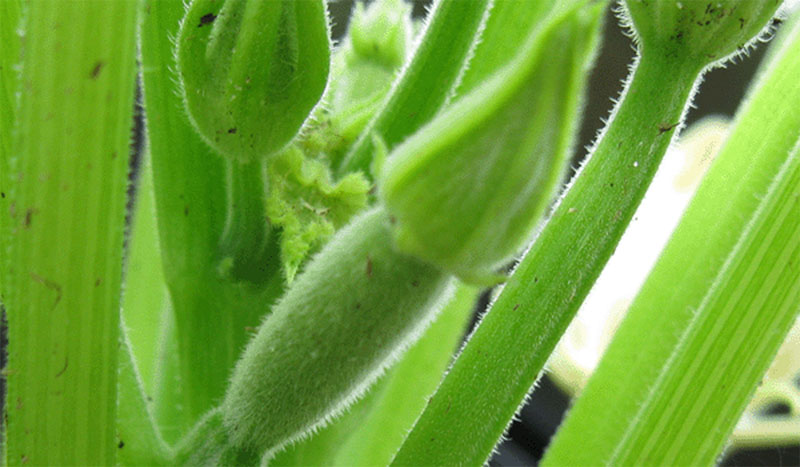This is a quick guide on how to grow Okra.
Okra is one of the most popular warm weather crops that is grown in the south.. It is a staple in the kitchen of many southern gardeners, as well as many gardeners in other regions. It is one of the main ingredients in gumbo and is also delicious fried!
This crop is also known for its beauty, as Okra is a member of the hibiscus family. The flowers from the Okra plant are quite striking in appearance, as are many hibiscus flowers..
How to Grow Okra From Seed
Okra seeds are fairly easy to germinate. They should be sown indoors in a seed mixture a few weeks before the last frost date and can continue to be sown for months to come. The seeds are fairly undemanding and take about 5-7 days to germinate. Once germinated the seedlings will grow rapidly and the first true leaves will arrive within a week or so.
Transplanting Okra
After the first two sets of true leaves have arrived Okra is ready to be transplanted outdoors. Begin the hardening off phase by putting the seedlings out doors for about 1-2 hours in direct sun, then bring them back inside. Increase the amount of time they are out doors in direct sun by about 2 hours a day and at the end of the 5 days they will be ready for their new home.
Select an area that will receive as much sun light as possible with well drained rich soil. Although Okra is a VERY drought and heat tolerant plant, care should be taken to shade the seedlings for the first few days after transplant and ensure the soil is VERY well watered to help reduce transplant shock.
Most Okra Plants can get quite large (over six feet tall, 3-4 feet in diameter) so be sure to space the plants 2-3 feet apart.
Okra Plant Care
Once established Okra is a fairly undemanding plant that is very low maintenance. The Okra plant requires only about 2 inches of water a week, but it can tolerate much less. Mulching around the base of the plant with high organic content compost once every week or two can provide almost all the nutrients Okra will need to thrive. Adding moderate amounts of a well-balanced fertilizer during flowering and setting of fruit will help the plant with yield.
Okra Setting Fruit
Once a well cared for Okra plants begins to set fruit they will continue to do so, and do so prolifically, until the plant dies. The hibiscus flowers are self pollinating requiring only a breeze to move the pollen around, but the flowers will attract many bees of all types. Soon after the flower is pollinated it will fall off and reveal a small Okra.
Harvesting Okra
Okra can be harvested at any time once the fruit passes about 2″ long. It is best to harvest most varieties of Okra before they get more than 1″ thick to prevent them from becoming stringy and tough.
To harvest the Okra, make sure to wear gloves and long sleeves (Okra plants have small spines that can be an irritant), grab the pod and using a sharp garden knife of shears, cut it off about 1/4″ above the top. Make sure to harvest frequently, as doing so will ensure a greater yield of fresh Okra.






